Finding Joy and Strength in Raising a Child with Anophthalmia
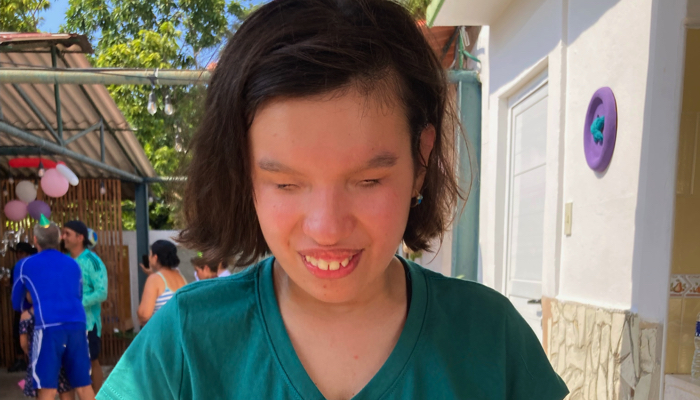
When our daughter Amanda was born, she was a beautiful baby girl. She cried almost immediately, but once the doctors completed my C-section, they whisked Amanda away to the neonatal unit to perform evaluations.
I did not know at that time what was going on. My pregnancy was only complicated by some nausea during the first trimester and some moderate anemia; other than that all ultrasounds and other tests had been normal. Once I was back from the C-section surgery and in the recovery room, I started to worry about why I hadn’t seen my baby yet.
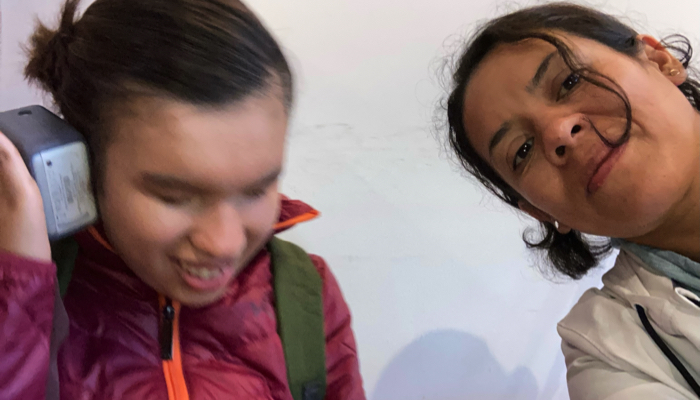
Amanda was born in Havana, Cuba. I was a medical student at the time and it was my last year of school, so I knew many of the specialists at the hospital where she was born. I remember so clearly how my professor of neonatology came to sit down with me and my husband to deliver the news. He was tender, caring, empathetic, and had a very positive attitude. He told us that Amanda was born with bilateral anophthalmia.
He delivered the news in the best possible way he could and said something that has been with me since that day; he told me we were going to learn to see life differently and we were going to be our daughter’s eyes as she was going to help us see the world through her. He then remarked that many people have eyes and sight yet lack vision.
I know that the first few weeks, months, maybe even the first couple of years are going to be difficult. You are going to wonder why this happened or who is at fault. I would tell you, try not to get stuck there and find ways where you and your child can learn together:
- Join a parent group and talk to other parents about their experiences.
- Find good professionals to seek guidance whenever you can.
- Be easy on yourself and take it one day at a time.
- If you need to cry or scream, let all your emotions out, do it!
It’s very important for you to validate your feelings and the needs you have at a given moment, but don’t lose hope! Your child has so much time to learn; she needs you to support her through her learning.
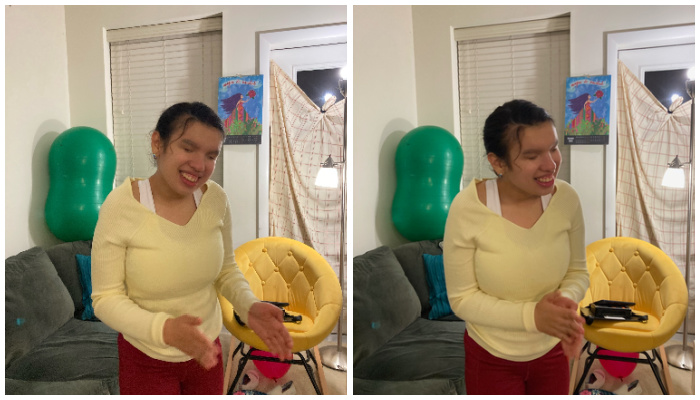
We had an early intervention specialist in Cuba to whom we are also thankful. She advised us to expose Amanda to as many things as possible, to try and make things real for her so she could use all her senses. We registered her in a small school in Guatemala and also paid for PT sessions at home. Amanda started having seizures as a baby, which posed other risks and challenges. After much thought and reflection, we decided to come to the U.S., and we have tried to give her as many opportunities as possible.
As new parents of a child with bilateral anophthalmia, we were given some guidance about the prosthesis process and the importance of starting that early. Amanda began going to ocularist appointments when she was very young, only a few weeks old. At that time, she was using conformers. It was a painful process that required a lot of strength. Amanda did not like the conformers at all, but we continued to make an effort as her face was growing and developing. We understood that it was important to support that structural development so that her face could grow more harmonically.
By age four or five, we started to have difficulties with infections behind the conformers. Amanda would be very unhappy, and there were moments when we did not want to continue. We fully stopped the prosthesis process when Amanda was about eight years old. By then, her facial structure was almost fully developed and the conformers and prosthesis had done their job. As we started to have some more issues with infections and at times even bleeding from her eye sockets we decided it was too much to continue and we were not really interested in the aesthetics anyway. To us, Amanda looked beautiful either way.
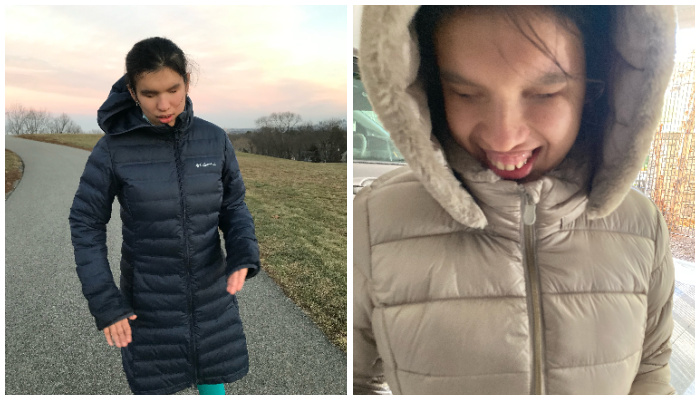
When you are deciding about this, take your time, ask all the questions you need to ask and bring your child to a clinic that is respectful, caring, and empathetic. Not all providers have those attributes, unfortunately. We decided to pursue conformers and prostheses only to support a more harmonic facial development. Once that was accomplished, we stopped the process. Decide what is best for you, your child, and your family, and try to have all the information you can while making decisions.
Amanda has gained so many skills and she is such a happy lady. She has a great love for music and she has a contagious smile. She knows some sign language and communicates through that as well as with a communication device. She enjoys going for walks with her long white cane and she loves running and swimming.
My advice to other parents is to be patient, be kind to yourself, and take it one day at a time. Your child will surprise you, filling your life with joy and unimaginable love. Your child will thrive one way or the other because of their resiliency; they will be happy within their world and you will learn from them as you help them navigate their life. Always have high expectations and keep learning about anything you think they could try. You are the best advocate for them!
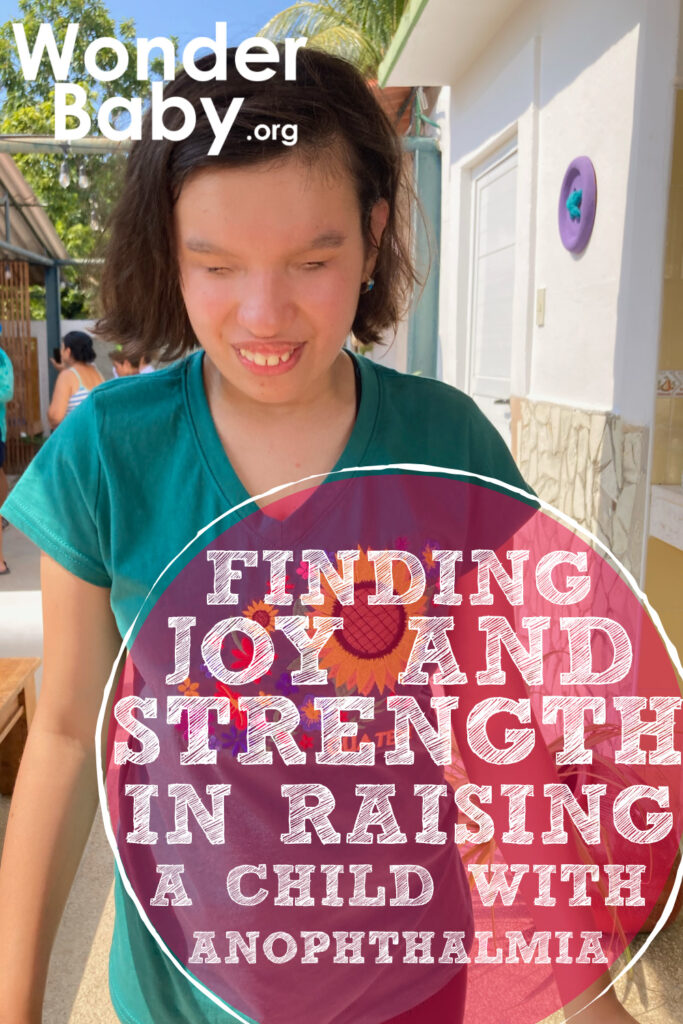
Related Posts

Eye Conditions and Syndromes, Visual Impairment
Neuralink Announces Plans to Restore Sight to the Blind with Brain Chip
Elon Musk’s company Neuralink has announced plans to begin human trials of its new “Blindsight” brain chip by the end of 2025.

Eye Conditions and Syndromes
Does Screen Time Affect Kids’ Vision?
Too much screen time can affect kids’ vision by causing eye strain, blurred vision, dry eyes, and even nearsightedness in children and adolescents.
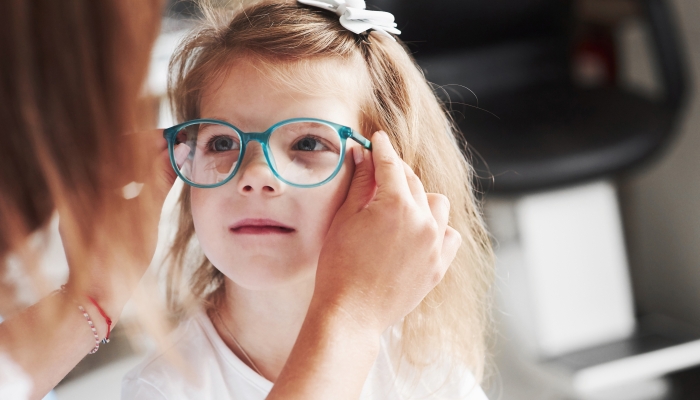
Eye Conditions and Syndromes, Support, Visual Impairment
Coping with a Diagnosis: Emotional Support for Families with Visually Impaired Children
Families with emotional support are more resilient. Learn how to establish emotional support with peers, professionals, and the community to help your family thrive.